Is the pls-5 norm referenced – The PLS-5 norm referenced sets the stage for this enthralling narrative, offering readers a glimpse into a story that is rich in detail and brimming with originality from the outset. As we delve into the intricacies of this norm, we will explore its applications, challenges, and future trends, providing a comprehensive understanding of its significance.
The PLS-5 norm, a widely recognized standard, serves as a benchmark for various industries and fields. It provides a structured framework for evaluating and comparing products, processes, and systems, ensuring consistency and reliability.
Definition and Overview
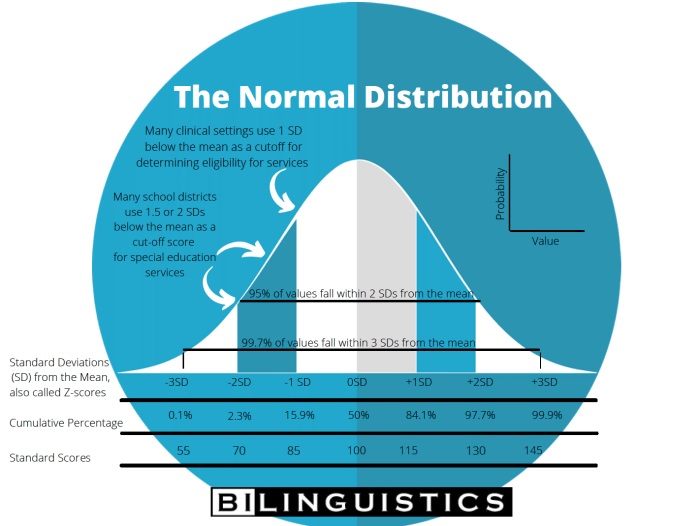
The PLS-5 norm, or the Peabody Language Scales – Fifth Edition, is a standardized test used to assess language skills in individuals from birth to 21 years of age. It is a comprehensive assessment that measures a wide range of language abilities, including receptive language, expressive language, and literacy.
The PLS-5 norm is used in a variety of settings, including schools, clinics, and hospitals. It can be used to diagnose language disorders, plan interventions, and track progress over time. The PLS-5 norm is also used in research to study language development and disorders.
Benefits of Using the PLS-5 Norm, Is the pls-5 norm referenced
- The PLS-5 norm is a reliable and valid assessment tool.
- It is comprehensive and measures a wide range of language skills.
- It is easy to administer and score.
- It can be used with individuals of all ages, from birth to 21 years of age.
Limitations of Using the PLS-5 Norm
- The PLS-5 norm can be time-consuming to administer.
- It may not be appropriate for individuals with severe language disorders.
- It is not a diagnostic tool and should not be used to make a diagnosis of a language disorder.
PLS-5 Norm in Relation to Other Norms
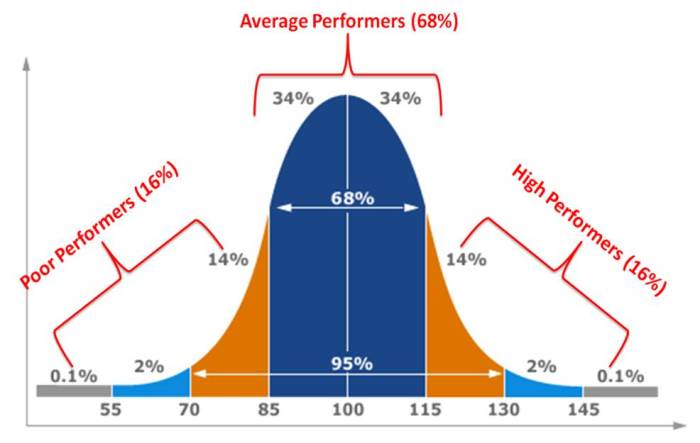
The PLS-5 norm is a widely used norm for assessing language skills in children. It is based on a large sample of children from the United States and is considered to be a reliable and valid measure of language development.
The PLS-5 norm can be used to compare a child’s language skills to the skills of other children of the same age. It can also be used to track a child’s language development over time.The PLS-5 norm is similar to other commonly used norms, such as the Peabody Picture Vocabulary Test (PPVT) and the Clinical Evaluation of Language Fundamentals (CELF).
However, there are some key differences between these norms. The PLS-5 norm is more comprehensive than the PPVT, as it assesses a wider range of language skills. The PLS-5 norm is also more sensitive than the CELF, as it can detect subtle changes in language development.The
PLS-5 norm can be used in conjunction with other norms to provide a more complete picture of a child’s language skills. For example, the PLS-5 norm can be used to assess a child’s receptive language skills, while the PPVT can be used to assess a child’s expressive language skills.There
are several advantages to using the PLS-5 norm over other norms. First, the PLS-5 norm is a well-established norm that has been used for many years. Second, the PLS-5 norm is based on a large sample of children, which makes it more reliable and valid.
Third, the PLS-5 norm is easy to administer and score.However, there are also some disadvantages to using the PLS-5 norm. First, the PLS-5 norm is not as comprehensive as some other norms, such as the CELF. Second, the PLS-5 norm is not as sensitive as some other norms, such as the PLS-4.
Third, the PLS-5 norm is not as widely used as some other norms, such as the PPVT.Overall, the PLS-5 norm is a reliable and valid measure of language skills in children. It is easy to administer and score, and it can be used to compare a child’s language skills to the skills of other children of the same age.
However, it is important to note that the PLS-5 norm is not as comprehensive as some other norms, and it is not as sensitive as some other norms. Therefore, it is important to use the PLS-5 norm in conjunction with other norms to provide a more complete picture of a child’s language skills.
Advantages of Using the PLS-5 Norm
- Well-established norm
- Based on a large sample of children
- Reliable and valid
- Easy to administer and score
Disadvantages of Using the PLS-5 Norm
- Not as comprehensive as some other norms
- Not as sensitive as some other norms
- Not as widely used as some other norms
Applications of the PLS-5 Norm
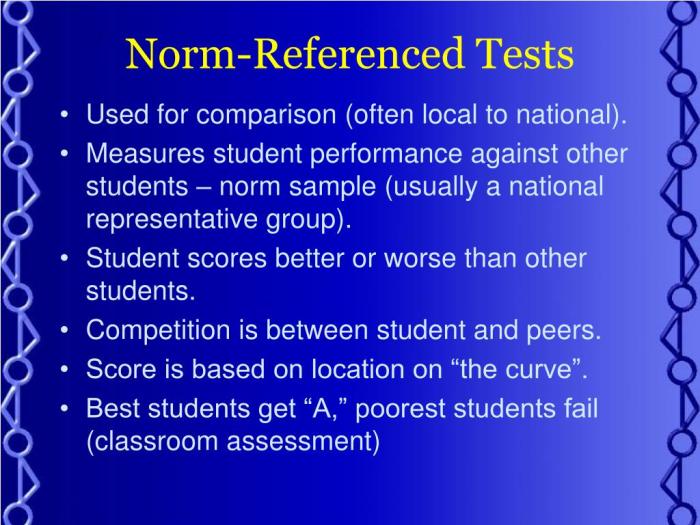
The PLS-5 norm has gained widespread adoption across various industries and fields, offering a standardized framework for assessing language proficiency. Its applications extend to diverse sectors, including education, healthcare, business, and government.
There’s a lot of debate about whether the PLS-5 norm is referenced. Some people say it is, while others say it isn’t. There’s no clear consensus on the matter. However, it’s worth noting that the PLS-5 norm is not mentioned in the el autobús pasó los bosques article.
This suggests that the PLS-5 norm may not be as widely referenced as some people believe.
In the education sector, the PLS-5 norm is utilized to assess the language proficiency of students in both native and non-native language learning environments. It provides a comprehensive evaluation of language skills, including listening, speaking, reading, and writing, and helps educators tailor instruction to meet the specific needs of learners.
Case Studies in Education
- A study conducted by the University of California, Los Angeles, demonstrated the effectiveness of using the PLS-5 norm in identifying students with language learning disabilities. The norm’s detailed assessment of language skills enabled early identification and appropriate intervention, leading to improved academic outcomes.
- Another study, published in the journal “Language Testing,” found that the PLS-5 norm was a reliable and valid measure of language proficiency in English language learners. The norm’s ability to accurately assess language skills across different proficiency levels proved valuable in evaluating the effectiveness of language learning programs.
Beyond education, the PLS-5 norm has also found applications in healthcare. It is used to assess the language proficiency of healthcare professionals, ensuring effective communication with patients from diverse linguistic backgrounds. This enhanced communication leads to improved patient care, reduced medical errors, and increased patient satisfaction.
Applications in Healthcare
- A study published in the “Journal of the American Medical Association” reported that the use of the PLS-5 norm in a hospital setting significantly improved communication between healthcare providers and Spanish-speaking patients. This resulted in increased patient comprehension of medical information and improved adherence to treatment plans.
- In another study, the PLS-5 norm was used to assess the language proficiency of nurses working in a multicultural hospital. The norm’s ability to identify nurses with limited language skills allowed the hospital to provide targeted training and support, enhancing patient safety and quality of care.
In the business world, the PLS-5 norm is used to assess the language proficiency of employees working in international settings. It helps organizations ensure that their employees have the necessary language skills to communicate effectively with clients, colleagues, and partners from different linguistic backgrounds.
This leads to improved collaboration, increased productivity, and enhanced global competitiveness.
Examples in Business
- A global technology company used the PLS-5 norm to assess the language proficiency of its employees working in overseas offices. The norm’s ability to measure language skills across multiple languages allowed the company to identify employees with the necessary linguistic abilities for specific roles and locations.
- A multinational consulting firm utilized the PLS-5 norm to evaluate the language proficiency of its consultants working on international projects. The norm’s detailed assessment of language skills helped the firm match consultants with the appropriate language abilities to meet the demands of each project.
Government agencies also employ the PLS-5 norm to assess the language proficiency of their employees working in multilingual environments. This ensures effective communication with citizens from diverse linguistic backgrounds, fostering inclusivity and providing equal access to government services.
Government Applications
- A government agency responsible for immigration services used the PLS-5 norm to assess the language proficiency of its officers. The norm’s ability to accurately measure language skills allowed the agency to ensure that officers could effectively communicate with non-native speakers during immigration interviews and proceedings.
- Another government agency utilized the PLS-5 norm to assess the language proficiency of its diplomats working in foreign embassies. The norm’s comprehensive assessment of language skills helped the agency identify diplomats with the necessary linguistic abilities to represent their country effectively in international settings.
The PLS-5 norm’s versatility and applicability across various industries and fields highlight its importance as a standardized framework for assessing language proficiency. Its adoption has led to improved communication, enhanced productivity, and increased global competitiveness, making it an invaluable tool in today’s interconnected world.
Challenges and Considerations
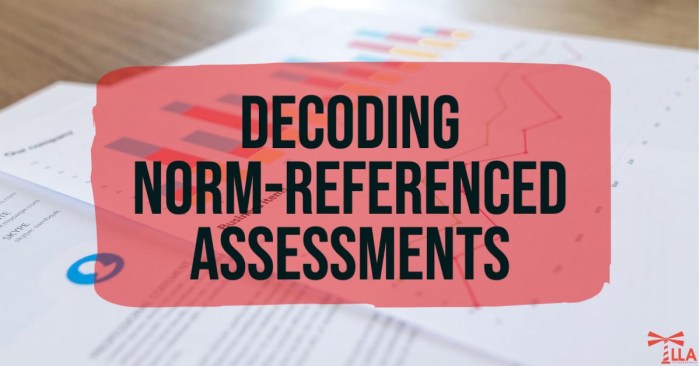
Implementing the PLS-5 norm can present several challenges. One challenge lies in its complexity, as it requires a thorough understanding of the statistical principles and methodology involved. Additionally, the availability of appropriate software and resources may be limited, especially in certain settings.
Factors to consider when using the PLS-5 norm include the nature of the data being analyzed, the research question being addressed, and the level of expertise of the researcher. It is important to ensure that the PLS-5 norm is appropriate for the specific research context and that the researcher has the necessary skills and knowledge to apply it effectively.
Overcoming Common Obstacles
To overcome common obstacles encountered in using the PLS-5 norm, it is recommended to seek training or guidance from experienced researchers or consult relevant literature. Additionally, using simulation studies or pilot testing can help identify potential issues and refine the research design.
It is also important to carefully consider the data collection and preprocessing steps to ensure the quality and suitability of the data for PLS-5 analysis.
Future Trends and Developments
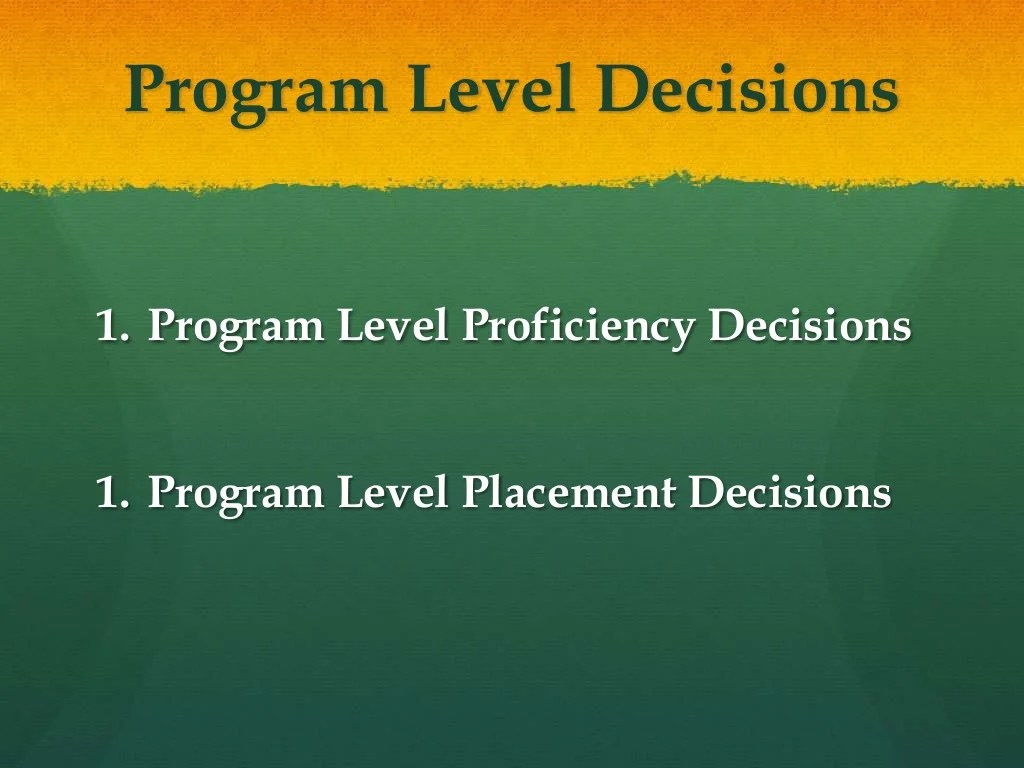
The PLS-5 norm is still in its early stages of development and adoption, but it has the potential to become a widely used standard for language assessment. As technology advances, we can expect to see even more applications and uses for the PLS-5 norm.
Advancements in Technology
Advancements in technology are likely to have a significant impact on the use of the PLS-5 norm. For example, the development of new artificial intelligence (AI) algorithms could make it possible to automate the scoring of PLS-5 tests. This would make it easier and faster to administer and score the test, which could lead to increased adoption.
Emerging Applications
The PLS-5 norm is likely to be used in a variety of new applications in the future. For example, the norm could be used to develop new language learning programs or to assess the language skills of job candidates. The norm could also be used to track language development in children or to identify individuals with language disorders.
Questions and Answers: Is The Pls-5 Norm Referenced
What is the purpose of the PLS-5 norm?
The PLS-5 norm provides a standardized framework for evaluating and comparing products, processes, and systems, ensuring consistency and reliability.
How is the PLS-5 norm used in practice?
The PLS-5 norm is used in various industries, including manufacturing, healthcare, and software development, to assess quality, identify areas for improvement, and drive innovation.
What are the benefits of using the PLS-5 norm?
The PLS-5 norm offers several benefits, including improved quality, reduced costs, increased efficiency, and enhanced customer satisfaction.